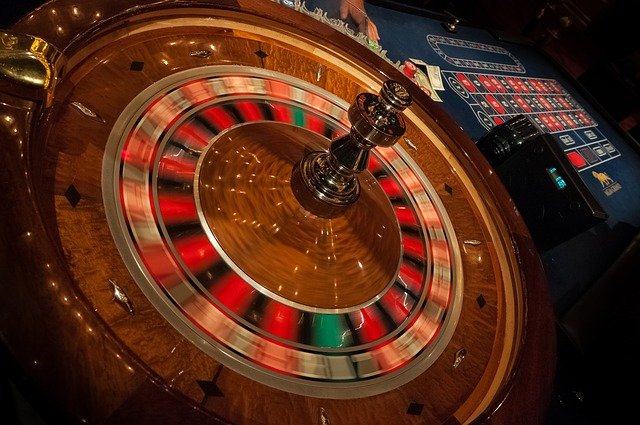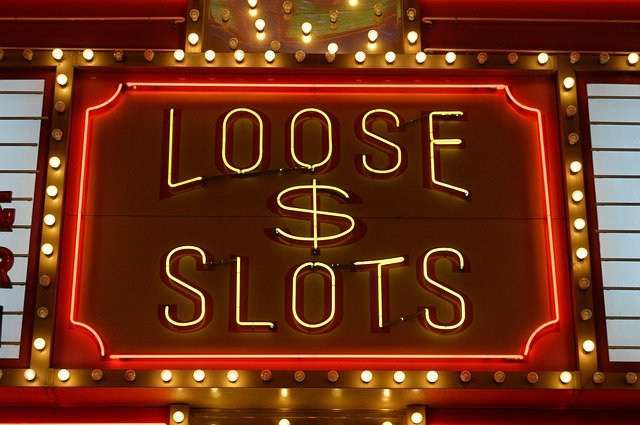The House Edge Isn't Always What It Appears To Be

Casinos rely on the math of the games that they offer to make a profit. That math produces a figure known as the house edge, the percentage of wagers that gamblers as a collective whole are expected to lose to the casino over the lifetime of a game. For example, in standard American roulette with a double-zero wheel, nearly all possible bets carry a 5.26% house edge. What this means is that over time, the casino would expect that for every $10,000 wagered by gamblers on their roulette wheel, the gamblers would lose $526 on average. Some gamblers might actually get lucky and come out ahead, while others will lose more than $526 out of every $10,000 in wagers, but when their results are all combined together, the casino should find that their roulette wheel has kept about 5.26% of the gamblers' wagers.
The house edge has its complement, the payback, or expected return to player (ER). There is a solid mathematical relationship between a casino game's house edge and its ER, and that relationship is
house edge + ER = 100%
For a game like roulette, people generally don't think of the game's odds in terms of ER. But ER is far more relevant in games such as video poker and slots, and it is in these games where we can really see the effect of the house edge (and ER) not being what one might expect it to be.
A Video Poker Example
Consider a classic and popular form of video poker: 9/6 Double Double Bonus. The 9/6 refers to the payoffs on a full house and a flush, respectively, per coin wagered. The house edge for 9/6 Double Double Bonus is 1.02%, and this is derived from the fact that someone who plays 9/6 Double Double Bonus with perfect strategy has an ER of 98.98%. However, players who deviate from perfect strategies will give up ER, and in doing so, will increase the house edge on their play by the amount of ER given up. For example, someone who is playing 9/6 Double Double Bonus but is using the strategy for 9/6 Jacks or Better instead, will be making additional errors that reduce his or her ER to 98.44%. In this case, the use of the wrong strategy results in the house edge increasing from 1.02% to 1.56%. Yikes!
There are also situations where the house edge could tilt toward the player's favor. Take the same 9/6 Double Double Bonus game with its 1.02% house edge, but now let's add a progressive jackpot to the royal flush. Normally, 5 coins are wagered to win a 4000-coin jackpot for hitting a royal flush. With the progressive, the jackpot will increase as monies are wagered until someone wins it by getting a royal flush. That lucky player gets awarded the value of the progressive and then the progressive will reset to 4000 coins. As the value of the royal flush increases, the ER of the game also goes up and the house edge will decrease. On this 9/6 Double Double Bonus game, When the royal flush reaches a value of 5,846 coins, the ER is 100% -- meaning the house edge is zero! Above 5,846 coins, the game now has a negative house edge -- the odds of the game have turned into the player's favor.

This Applies To Slots, Too
Depending on the denomination of the machine and where it is located, house edges on slot machines generally run anywhere from 2%-18%. But unless you have direct access to PAR sheets (guarded as trade secrets by the casino industry), you can only guess as to what the original house edge of a slot machine is. Nevertheless, if that slot machine awards a progressive for the jackpot-winning combination, the same principle applies as with a royal flush progressive on a video poker machine. As money gets wagered and the value of the progressive increases, the house edge will drop. When the progressive gets high enough, the house edge will fall below zero and from that point forward the edge shifts to the player's favor until the jackpot hits. (Of course, only the lucky player who hits that jackpot will realize the full value of that temporary player edge. Most other gamblers will still end up losing money on that slot machine.)
There are also non-progressive slot machines in which a single game may have multiple possible game states -- in some cases, thousands of game states. While all slots do have a single, specific overall house edge (as designated by the manufacturer in the game's PAR sheet), in these games with multiple states the house edge at any given time can widely vary depending on the game state. In these cases it's left up to the player to look at the game state and take their best educated guess as to whether or not the house edge is reduced (more favorable to the player) from normal or not.
The Takeaway
Hopefully you, the reader, now understand that just because a casino game has a certain house edge, it doesn't necessarily mean that when you sit down to play that game, you'll be facing that exact house edge. Progressives, game states, and even how you play the game can all potentially affect the house edge. This is true even of roulette. Remember at the beginning of this article when I said nearly all possible bets in American roulette carry a 5.26% house edge? That's because there's one possible bet you can make where the edge isn't 5.26%. You could make a five-number bet covering the numbers 0, 00, 1, 2, and 3. Unfortunately, the house edge on that bet is 7.89%, so please don't make that bet if you care about your gambling money.
However you choose to gamble, good luck! Thanks for reading!
photos via Pixabay
Congratulations @doughtaker! You have completed some achievement on Steemit and have been rewarded with new badge(s) :
Click on any badge to view your own Board of Honnor on SteemitBoard.
For more information about SteemitBoard, click here
If you no longer want to receive notifications, reply to this comment with the word
STOPBy upvoting this notification, you can help all Steemit users. Learn how here!